5 Things To Know About The First ARM-Powered Windows 10 Devices
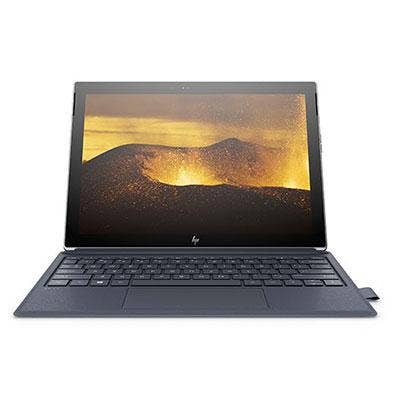
A New Era Of Devices
One year ago, Microsoft and Qualcomm unveiled a partnership to bring ARM-based processors together with Windows 10 — to spur the creation of new devices featuring cellular connections and long battery life. Now, the first such devices — from vendors HP Inc. and Asus — have been revealed, featuring the Qualcomm Snapdragon 835 processor. The devices will be outfitted with Windows 10 S — the version of Windows 10 that only allows apps available in the Windows Store — but they can be switched to Windows 10 Pro for free.
What follows are five key things to know about the debut of ARM-based Windows 10 devices.
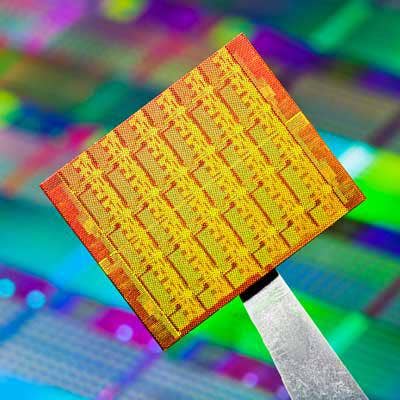
ARM
Until now, Windows 10 has never worked with processors that have ARM architecture, which are known to require less power than Intel processors. Qualcomm Snapdragon processors — used in many Android smartphones such as those made by Samsung, Google and LG — use ARM architecture. Apple's iPhone processors also use ARM architecture. Starting with the initial devices from HP and Asus, Windows 10 devices will now be able to use Qualcomm/ARM processors, as well. Lenovo will be next up with ARM-powered devices after HP and Asus, according to Microsoft.
Microsoft plans to include software to emulate x86 applications, so that developers don't need to develop new versions of the apps to run on the ARM-based Windows devices. Judging by a blog post from Intel in June, Intel appears poised to dispute the move by Microsoft.
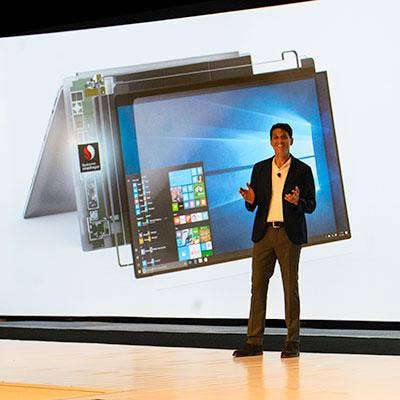
Benefits Of ARM
The world is now on the cusp of a "major technology shift: the ability to be connected anytime, anywhere with Always Connected PCs that are instantly on, always connected with incredible battery life," wrote Terry Myerson, Microsoft's executive vice president for the Windows and Devices Group, in a blog post. The ARM-based devices will be "instantly on" in that they won't need to wake up when users pick them up, and will be "always connected" through built-in LTE connectivity (via a Qualcomm Snapdragon X16 LTE modem). The power efficiency of the ARM architecture, meanwhile, will enable 20 or more hours of active usage on a charge for the new devices.
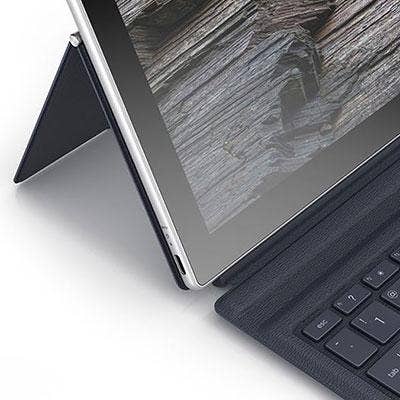
Security And Cost Benefits
Microsoft is also touting the cellular connectivity of the new ARM-powered Windows devices as a way to lower reliance on costly and sometimes insecure Wi-Fi. In the blog post, Myerson said that "there are still these public Wi-Fi hot spots out there, which every day unknowing users connect to and could put hackers in control of the data coming and going to their device, potentially enabling hackers to steal corporate data and invade user privacy." The always-connected PC "is real security progress enabling safe connectivity everywhere, bypassing untrusted networks," he said.
In addition, less reliance on Wi-Fi could reduce costs for businesses, Myerson said. "IT organizations are spending millions of dollars installing, updating and maintaining Wi-Fi antennas and repeaters throughout their buildings, and upgrading those every few years to make them even faster," he said.
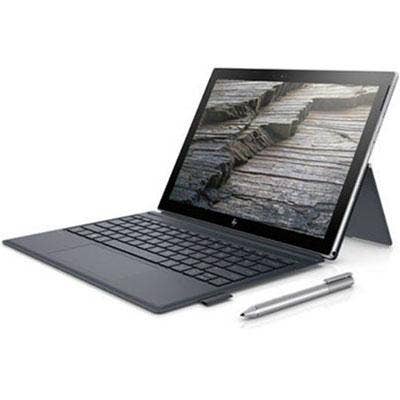
HP Envy x2
A new version of the Envy x2, a 2-in-1 tablet from HP, will be one of the two initial Windows devices to feature the Qualcomm Snapdragon 835. The 12.3-inch tablet will offer up to 20 hours of battery life on a charge and "lightning-fast" LTE connectivity, according to HP. The display will have 1,920 x 1,280 resolution and Gorilla Glass 4 for durability, while the tablet will weigh 1.54 pounds (including the keyboard and case) and measure 0.27 of an inch thick. The tablet will also include an adjustable stand on its case and a backlit keyboard with 1.3mm key travel.
The ARM-powered Envy x2 will be available in spring 2018, HP said. Pricing has not been released, and a separate service contract will be needed to use the 4G LTE connectivity. HP didn't specify whether it has lined up specific carriers.
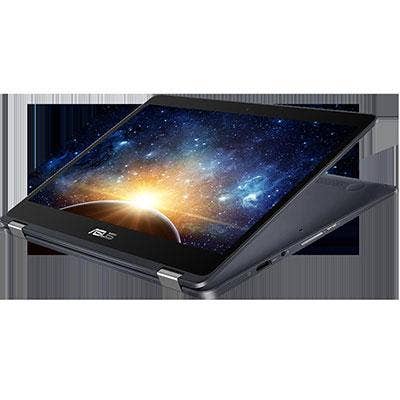
Asus NovaGo
The second Windows device to feature the Qualcomm Snapdragon 835 will be a convertible laptop, the Asus NovaGo. Asus is promising up to 22 hours of battery life for the laptop, and calls the NovaGo "the world's first Gigabit LTE capable laptop," potentially offering faster download speeds than Wi-Fi. The NovaGo will include a 13.3-inch touch display with FHD (1,920 x 1,080) resolution, and it will measure 0.59 of an inch thick with a weight of 3 pounds.
Asus didn't offer any details on release date for the NovaGo, but said it will start at $599 (with 4 GB of RAM and 128 GB of storage), with a $799 version offering 8 GB of RAM and 256 GB of storage. For the LTE connectivity, Asus said it has arrangements with carriers including T-Mobile, Verizon and Sprint.